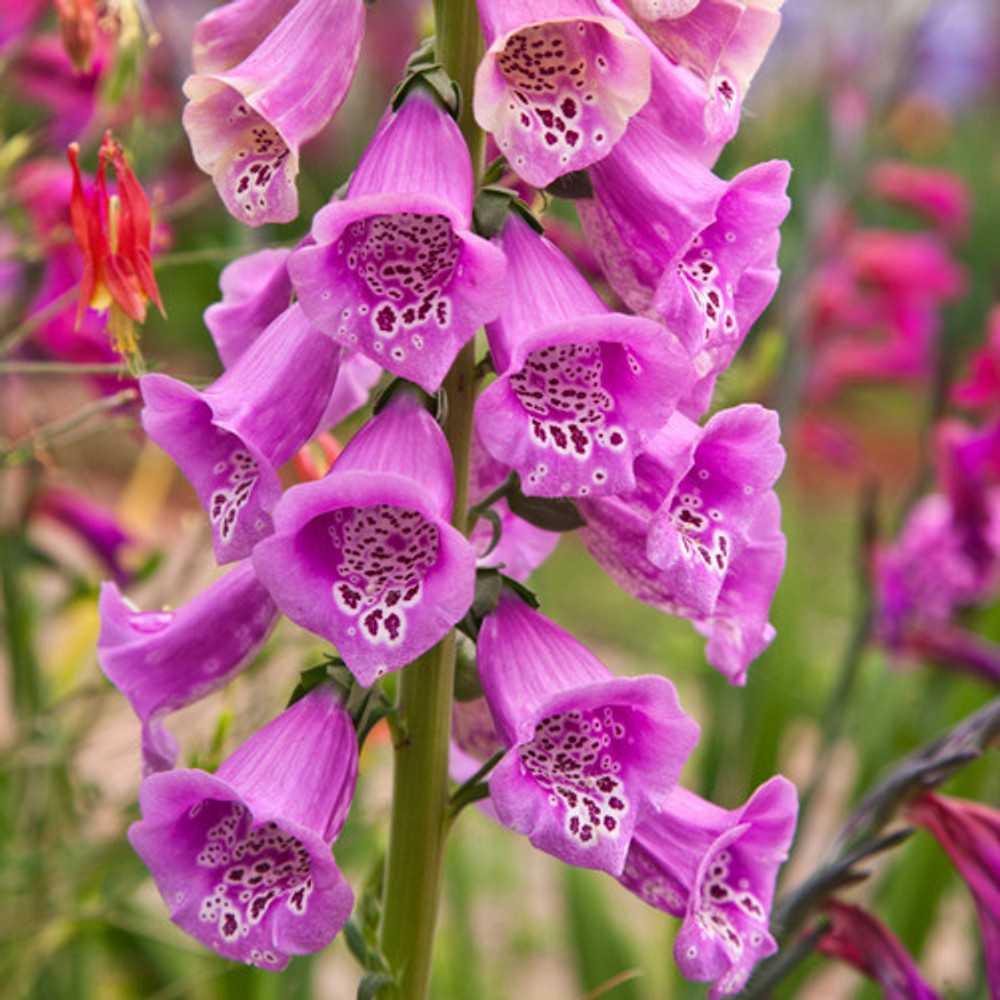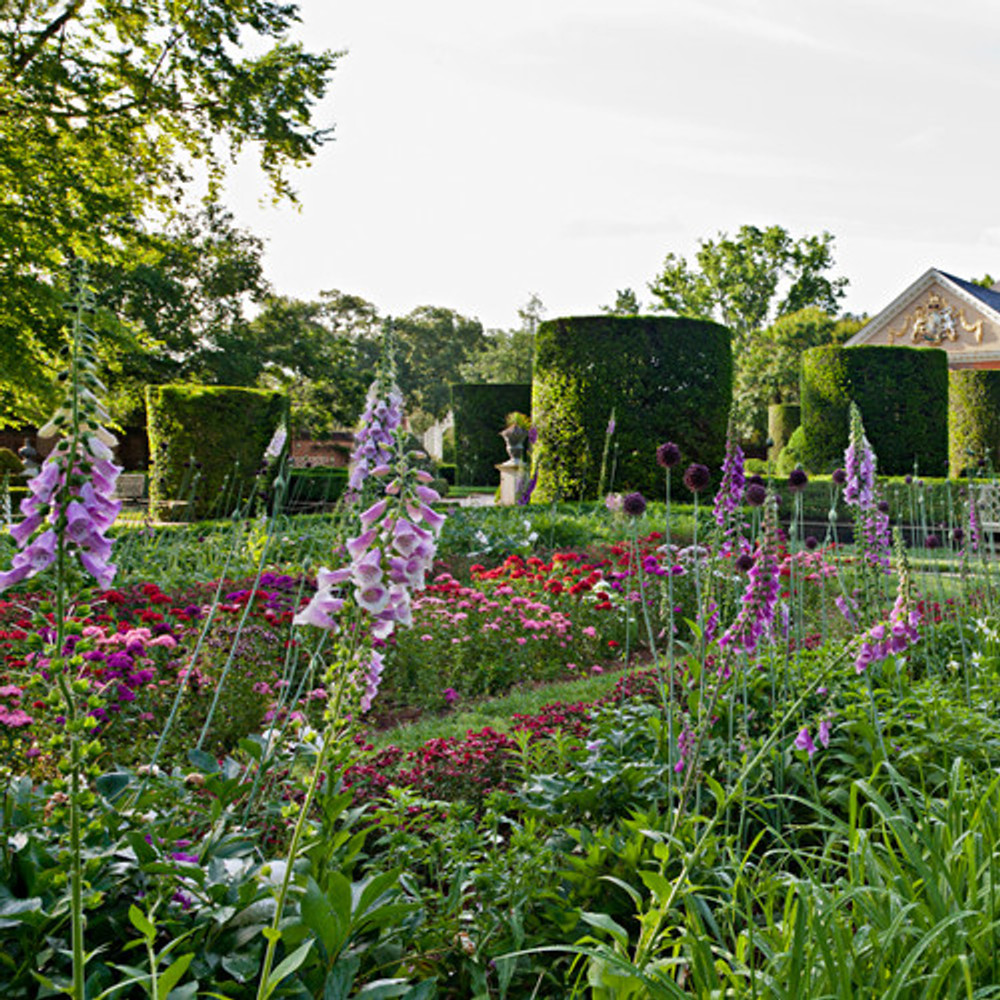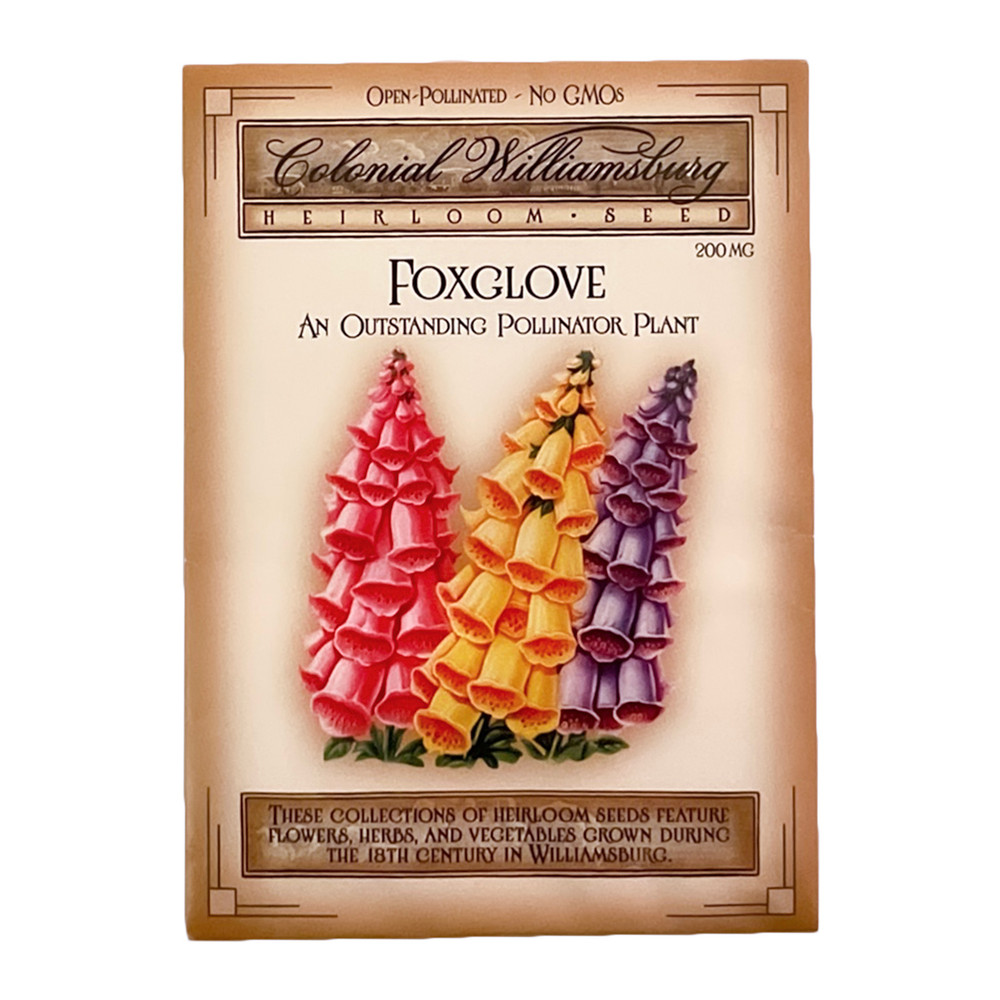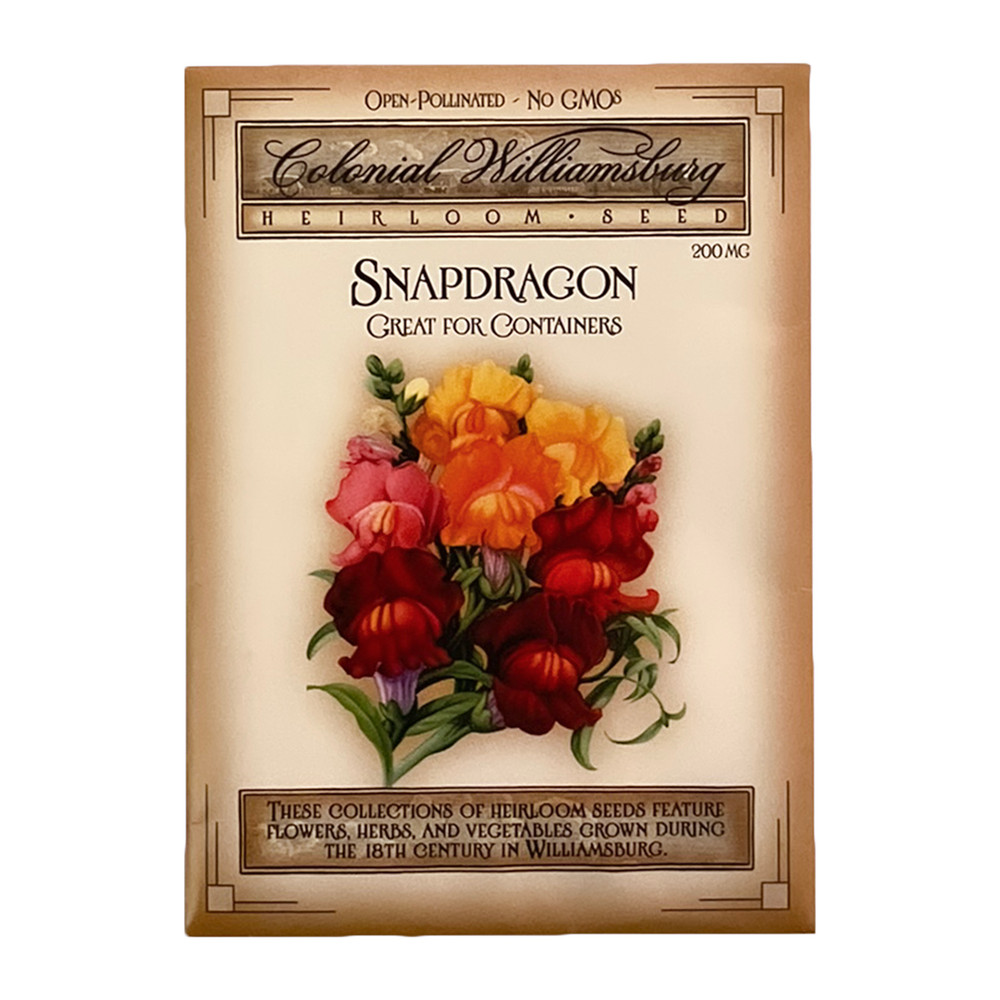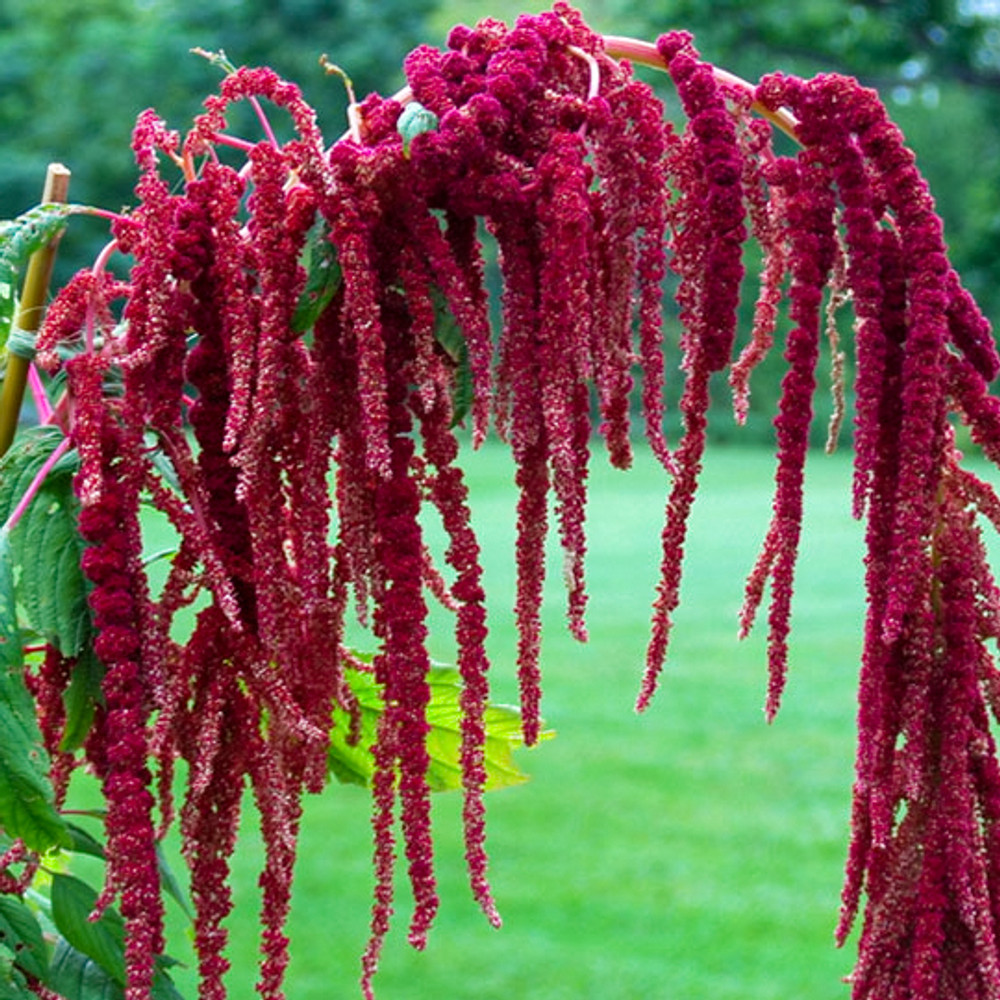Product Description
Create your very own historically inspired garden with this packet of Foxglove Seeds. Native to Europe, North America and Central Asia, Floxgloves have been cultivated in the world’s gardens for centuries and were introduced into American gardens in the 1700s. The spires of blooms look like clusters of gloves and the freckles on each blossom were thought to be fairy footprints. Hummingbirds and bees love these flowers making them an outstanding pollinator plant.
Planting Instructions
FULL SUN – Seeds must be exposed to light in order to germinate. Press the seed into the surface of the soil – do not cover. Best results are achieved when seed is sown in the late summer or fall, but seed can also be sown in the spring after danger of frost has passed. If planting in spring, keep the soil slightly moist until germination. Plants produced by spring sown seed will not blossom until the following year. Never start seed indoors because foxgloves do not transplant well.
Features
- 200 mg Seed Packet
- Biennial Plant, Digitalis pupurea
- Plant 10-12 inches apart at the soil’s surface
- 14-18 Days to Germination
- Blossoms in 45-60 days
- Made in the USA
Inspiration
Eighteenth-century Williamsburg was the home of many ardent gardeners and plant collectors who often exchanged seeds with fellow enthusiasts in Great Britain. Gardeners obtained their seeds from store merchants or from traveling seedsmen. Today, the Colonial Williamsburg seed program continues the tradition by offering many varieties grown in the 18th century.
Foxglove is a biennial native to Europe, North Africa, and Central Asia. The common name, foxglove, refers to the fact that the spire of blossoms resembles clusters of gloves and the areas where foxgloves grew naturally were thought to be inhabited by fairies. Thus, the plants were thought to be fairies' gloves. The Latin name, digitalis, comes from digitabulum which means thimble and refers to the shape of the individual flowers. The plant had been known as far back as 1000AD. It has been cultivated since the 1400's in England, but was not grown in American gardens until the 1700's. In his 1851 book, The Flower Garden, Joseph Breck describes five varieties with the most popular being Digitalis purpurea, the purple foxglove. Breck writes, "The plant is a violent poison, but invaluable in medicine. It is suitable for the border, and may be introduced into the shrubbery with fine effect, as its tall, spire-like spikes, crowned with its large thimble or bell-shaped purple or white flower, will finely contrast with the green foliage of the shrubs."


